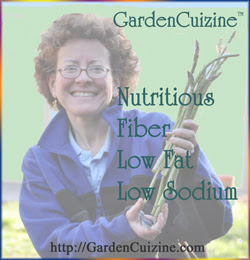New 2010 Dietary Reference Intakes
for Calcium and Vitamin D
Sunshine has been a controversial source for our bodies to get Vitamin D. Too much sun could lead to skin cancer, too little sun from sunscreens, clothing, or the time of year, may mean not getting enough Vitamin D. Supplemental forms of both Calcium and Vitamin D can be found in multivitamin and minerals, or as separate supplements. Calcium and Vitamin D have important functions in the human body. A primary function is to work together to benefit overall bone health. On the other hand, these necessary nutrients have also been shown to be harmful if too much is consumed.The public's burning question -- how much Calcium and Vitamin D is needed? -- was answered today by the Institute of Medicine. Click on this link for the new 2010 recommendations:
Vitamin D Food Sources
And, if you are wondering about food sources of Vitamin D... there are not many. The best sources include: fatty fish, such as salmon, tuna, and mackerel; or beef liver, cheese, and egg yolks. Mushrooms provide smaller amounts. Milk is one of the better sources for both Calcium and Vitamin D. Almost all milk sold in the United States gets fortified with 400 IU of vitamin D per quart. Your healthiest choices are: fat-free skim, low-fat 1%, or reduced fat 2% (1 cup = 300 mg calcium). Vitamin D is also added to some breakfast cereals and some brands of orange juice, yogurt, margarine, and soy milks. Read the product labels to be sure.Calcium-rich Foods Sources
Calcium fortified Orange Juice ~ 1 cup juice = 300 mg calcium
Calcium fortified Orange Juice ~ 1 cup juice = 300 mg calcium
Yogurt ~ 1 cup = 300 mg calcium
Cheese ~ 1 ½ ounces natural cheese = 300 mg calcium
Collard and Turnip Greens ~ ½ cup cooked = 100 mg calcium
Almonds ~ ¼ cup = 100 mg calcium
Cheese ~ 1 ½ ounces natural cheese = 300 mg calcium
Collard and Turnip Greens ~ ½ cup cooked = 100 mg calcium
Almonds ~ ¼ cup = 100 mg calcium
Broccoli ~ ½ cup cooked = 50 mg calcium
Related Links:
IOM Report Sets New Dietary Intake Levels for Calcium and Vitamin D To Maintain Health and Avoid Risks Associated With Excess Vitamin D Fact Sheet
Is Calcium Citrate better than Calcium Carbonate?
Vitamin D (Calcitriol) Structure and Synthesis
The American Dietetic Association Supports New Institute of Medicine Recommendations on Calcium and Vitamin D Intake
Blog Article and Photo: Copyright 2010 D.Wind. All rights reserved.































